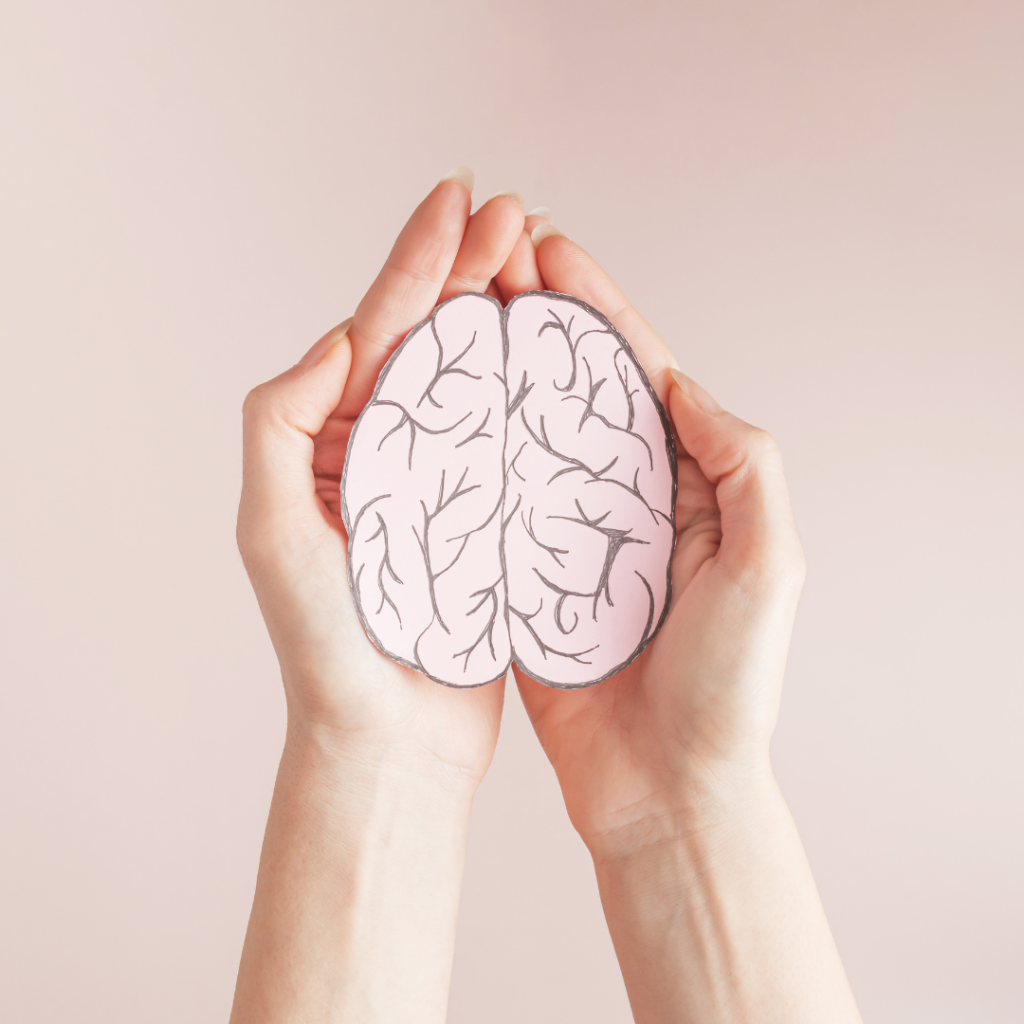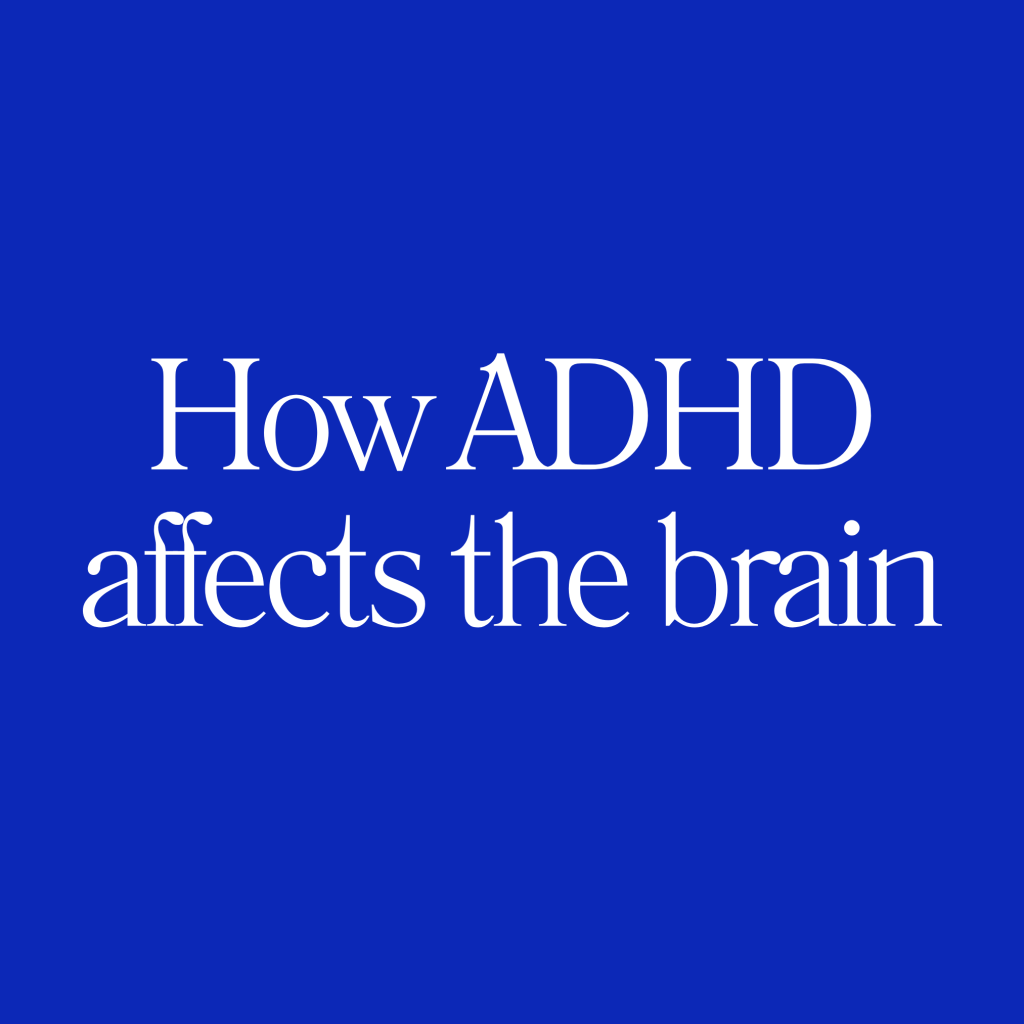How common is ADHD?
ADHD (Attention Deficit Hyperactivity Disorder) is a neurodevelopmental condition characterised by persistent patterns of inattention, hyperactivity, and/or impulsivity that impact daily life. It can look very different from person to person, and even from moment to moment.
Children
A research survey in the UK of 10,438 children between the ages of 5 and 15 years found that 3.62% of boys and 0.85% of girls had ADHD.
It is important to note, these are diagnosed cases, not all cases. ADHD, especially the inattentive presentation (often seen in girls), can go unrecognised for years. So, the real numbers are likely higher.
Adults
Historically, ADHD was seen as a childhood condition that you ‘grew out of.’ We now know it is a lifelong condition.
The UK Nice guidelines give for an adult incidence rate of between 3 and 4%.
Yet, only around 0.5% of adults in the UK are officially diagnosed. That’s a massive diagnosis gap.
Many adults don’t realise they have ADHD until:
- Their own child is diagnosed and things start clicking.
- They burn out in work, parenting, or relationships and start seeking answers.
- They stumble across a suspiciously relatable ADHD podcast or social media post.
Why Are ADHD Diagnoses Increasing?
There is an increase in ADHD is being diagnosed. But that doesn’t mean it’s a ‘trend’ or being ‘overdiagnosed.’
Here’s what’s really happening:
1. Increased Awareness
We’re talking more about neurodiversity especially since COVID shone a spotlight on mental health. Teachers, GPs, and parents are becoming more informed and better at spotting the signs.
2. Better Access to Services
There are more diagnostic pathways than ever, including:
NHS referrals (though waits can be long).
Right to Choose referrals in England via private providers funded by the NHS.
Private assessments (which, while quicker, come with a price tag).
3. Growing Recognition in Girls & Women
Historically, ADHD was ‘the naughty boy’s condition.’ But now we know it often shows up differently in girls: dreamy, chatty, emotional, and perfectionistic not necessarily disruptive.
This shift in understanding is helping more girls, teens, and women finally get clarity.
How Does the UK Compare to Other Countries?
The global average prevalence of ADHD is 8% of children, according to the World Health Organization (WHO). The UK’s numbers are slightly lower, possibly because of stricter diagnostic thresholds or underdiagnosis.
The UK often favours non-pharmacological interventions first (like behavioural therapy or parent coaching), whereas countries like the US are more medication-forward.
Why does it matter how common ADHD is?
Because recognition leads to support. When we understand that ADHD affects:
One in 20-40 adults
One in 25 school-aged children (and probably more!)
…we start to design better systems, supports, and services.
This looks like:
- Training teachers to spot the signs beyond just “bad behaviour”
- Shortening waitlists for assessment
- Expanding support beyond medication (hello, coaching, lifestyle, nutrition, and environment tweaks!)
- Validating lived experience especially in women, girls, and people of colour, who are often overlooked
Understanding how common ADHD is doesn’t just help us grasp the numbers, it helps us realise we’re not alone. And there’s a lot that can be done.
My Final Thoughts
|
Age Group |
Estimated ADHD Prevalence (UK) |
Notes |
|
Children (5-10yrs) |
2.6% |
Higher in boys |
|
Teens (11-16yrs) |
4.6% |
Diagnosis rises with age |
|
Adults |
2.5-4% |
Most undiagnosed |
Whether you’re a parent wondering about your child, an adult putting the puzzle together, or a professional working with families, in this blog post I have tried to show that:
ADHD is common.
ADHD is real.
ADHD is manageable.
I support adults with ADHD and parents of ADHD children that are looking for real-life strategies that go beyond medication.





